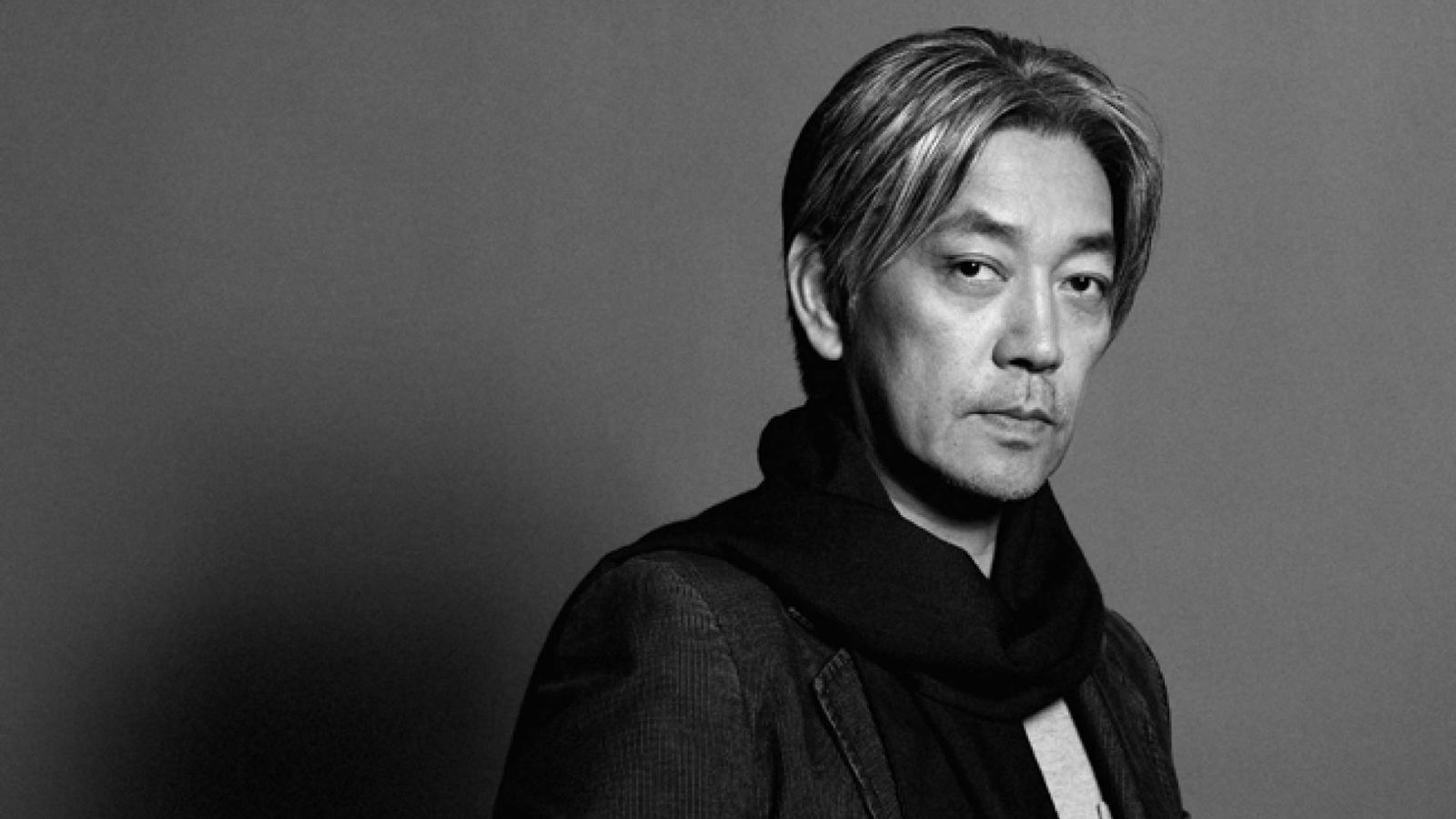

The trio released their first full album together under the moniker Harry Hosono and the Yellow Magic Band in April of 1978, which was originally intended to be a one-off. Sakamoto first worked with YMO band leader Hosono as a member of his Hosono’s band in 1976 meanwhile, Takahashi had recruited Sakamoto to produce his debut solo recording in 1977. Each member of YMO were accomplished session musicians by the end of the 1970s such people tend to mix and mingle as they play a live show here and fill in there, until suddenly one finds one has a group that gels together like cheese and crackers. While the original concept for Yellow Magic Orchestra was designed by Haruomi Hosono, the group developed naturally out of collaborations between the trio. At the time, Sakamoto was already 26 years old and, like his bandmates, a veteran of the music scene. The three-piece electronic music band consisted of Haruomi Hosono (bass, keyboards, vocals), Yukihiro Takahashi (drums, lead vocals) and Ryuichi Sakamoto (keyboards, vocals). In order to grasp the full extent of Sakamoto’s reach and influence in the world, we must of course go to the origin of his international stardom that is to say, the formation of Yellow Magic Orchestra in 1978. In an attempt to answer some of these questions, we’ve compiled a list below of some of the bigger moments of Ryuichi Sakamoto’s life and how they relate to the bigger picture.


Is there nothing this man can’t do? How did it get to this point? How did it all begin? Where am I? In 2009 he was named an Officer of the Order of Arts and Letter, France’s highest cultural honour. In 2008 Sakamoto travelled with 40 other artists of various disciplines and scientists to the Arctic near Greenland, where the enigmatic musician recorded the sounds of the melting ice. Originally studying ethnomusicology at Tokyo National University of Fine Arts and Music, Sakamoto has displayed a voracious appetite for sounds that stem from every corner of the natural world. His music has had a far-reaching influence throughout electronic music and hip hop scenes since he started experimenting on synthesizers such as the Buchla, Moog, and ARP at his university in the early 1970s. With more than 20 solo albums produced over the course of forty years, notwithstanding his band contributions and film scoring work, Ryuichi Sakamoto is clearly a workaholic.


 0 kommentar(er)
0 kommentar(er)
